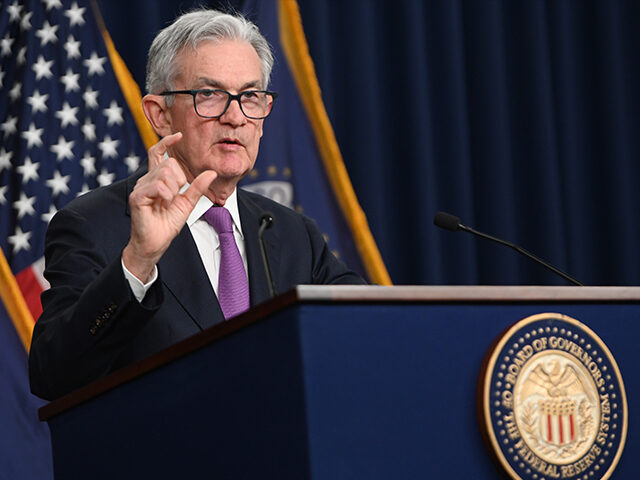The growth of the U.S. economy appeared to accelerate in October, with both the services and manufacturing sides of the economy growing, an early read of S&P Global surveys of businesses showed Tuesday.
The S&P “flash” services-sector index rose to 50.9, the highest reading in three months and up from 50.1 in the prior month.
The manufacturing index climbed to 50, above the threshold dividing growth from contraction. This is the best reading in six months and above the 49.8 reading in the prior month. The index has been negative, indicating contraction, since last spring.
The S&P Global surveys are some of the earliest indicators of economic growth each month. The return to growth in the manufacturing index and the increase in the services index suggests that Federal Reserve officials may need to rethink their view that the economy would slow down in the fourth quarter.
Fed officials can take some comfort in the inflation components of the surveys, which indicated softer inflationary pressures. Several Fed officials have noted, however, that they do not believe that inflation will continue to fall if growth does not slow down.
“Hopes of a soft landing for the US economy will be encouraged by the improved situation seen in October. The S&P Global PMI survey has been among the most downbeat economic indicators in recent months, so the upturn in US output growth signaled at the start of the fourth quarter is good news. Future output expectations have also turned up despite rising geopolitical concerns and domestic political tensions, climbing to the joint highest for nearly one-and-a-half years,” said Chris Williamson, chief business economist of S&P Global.
The Fed may have boosted sentiment by signaling that it is likely done, or close to done, with raising rates.
“Sentiment has improved in part due to hopes of interest rates having peaked, something which looks increasingly likely given the further cooling of inflationary pressures witnessed in October. In spite of higher oil prices, firms’ input cost inflation fell sharply to the lowest since October 2020, and average selling prices for goods and services posted the smallest monthly rise since June 2020,” Williamson said. “The survey’s selling price gauge is now close to its prepandemic long-run average and consistent with headline inflation dropping close to the Fed’s 2% target in the coming months, something which looks likely to be achieved without output falling into contraction. That said, the tensions in the Middle East pose downside risks to growth and upside risks to inflation, adding fresh uncertainty to the outlook.”

COMMENTS
Please let us know if you're having issues with commenting.